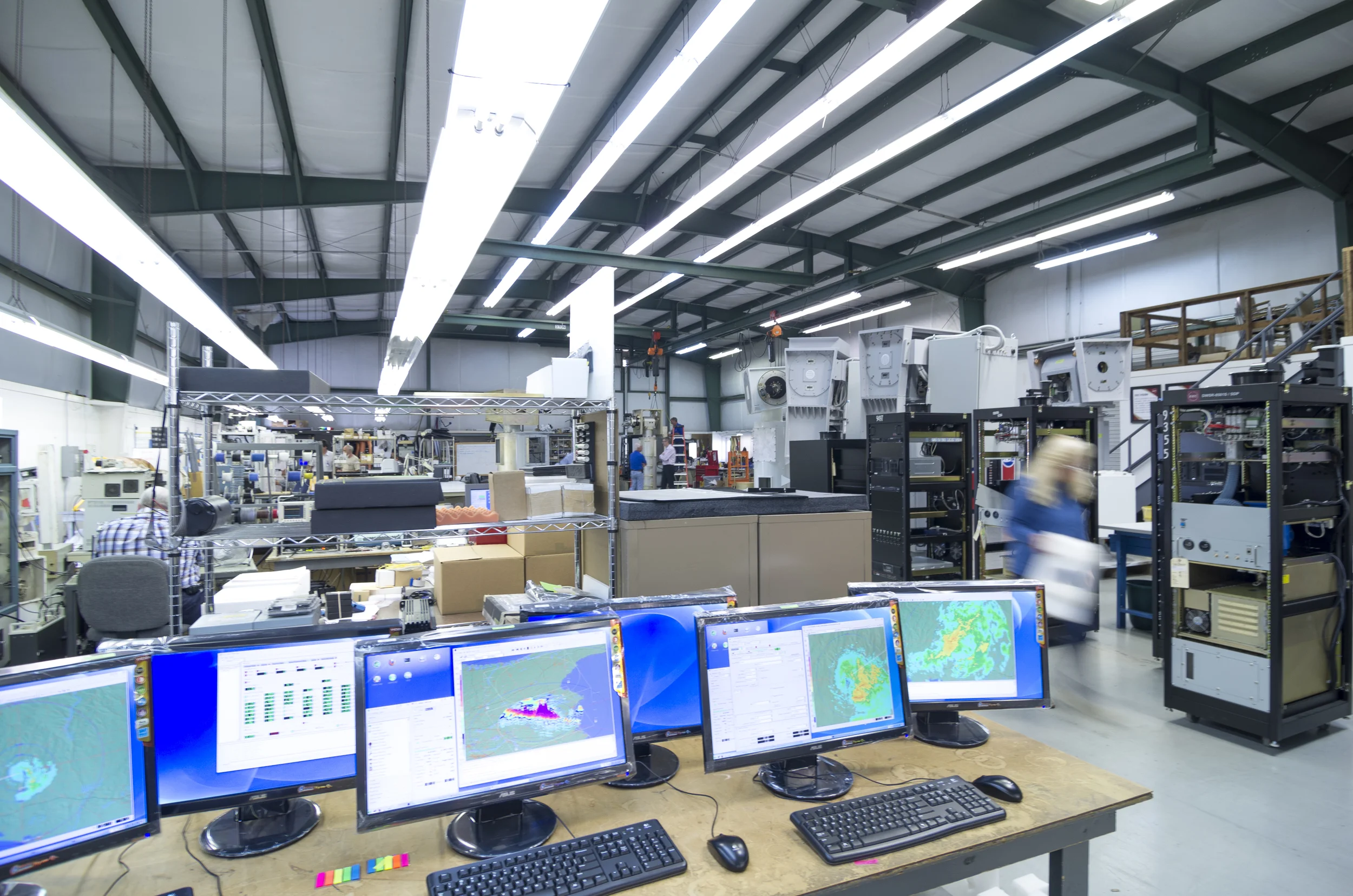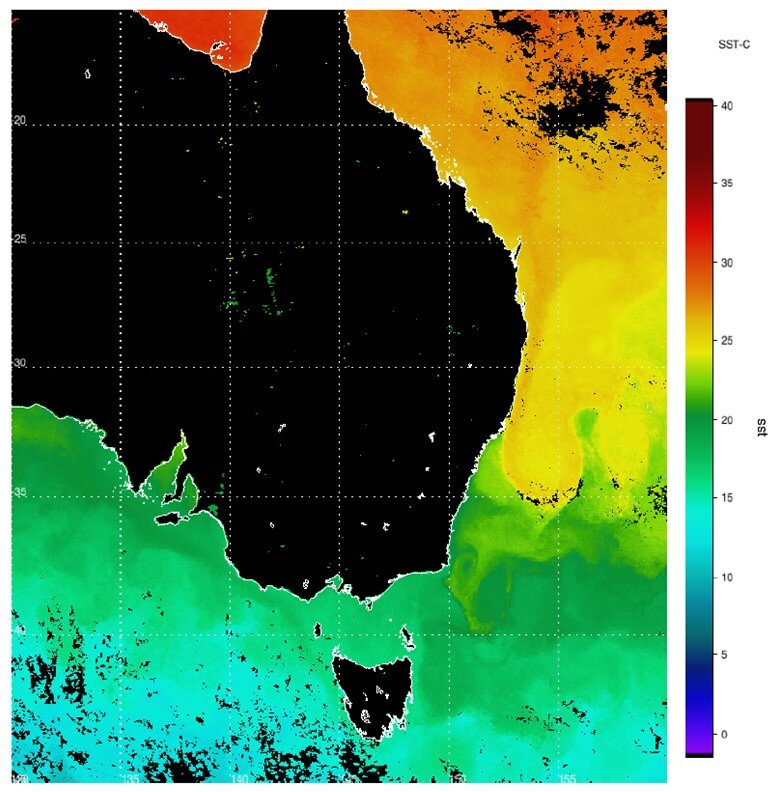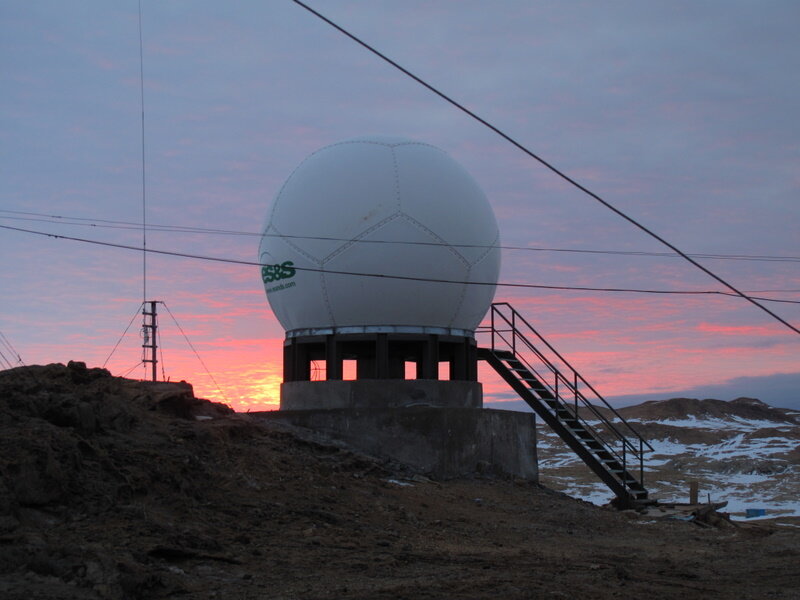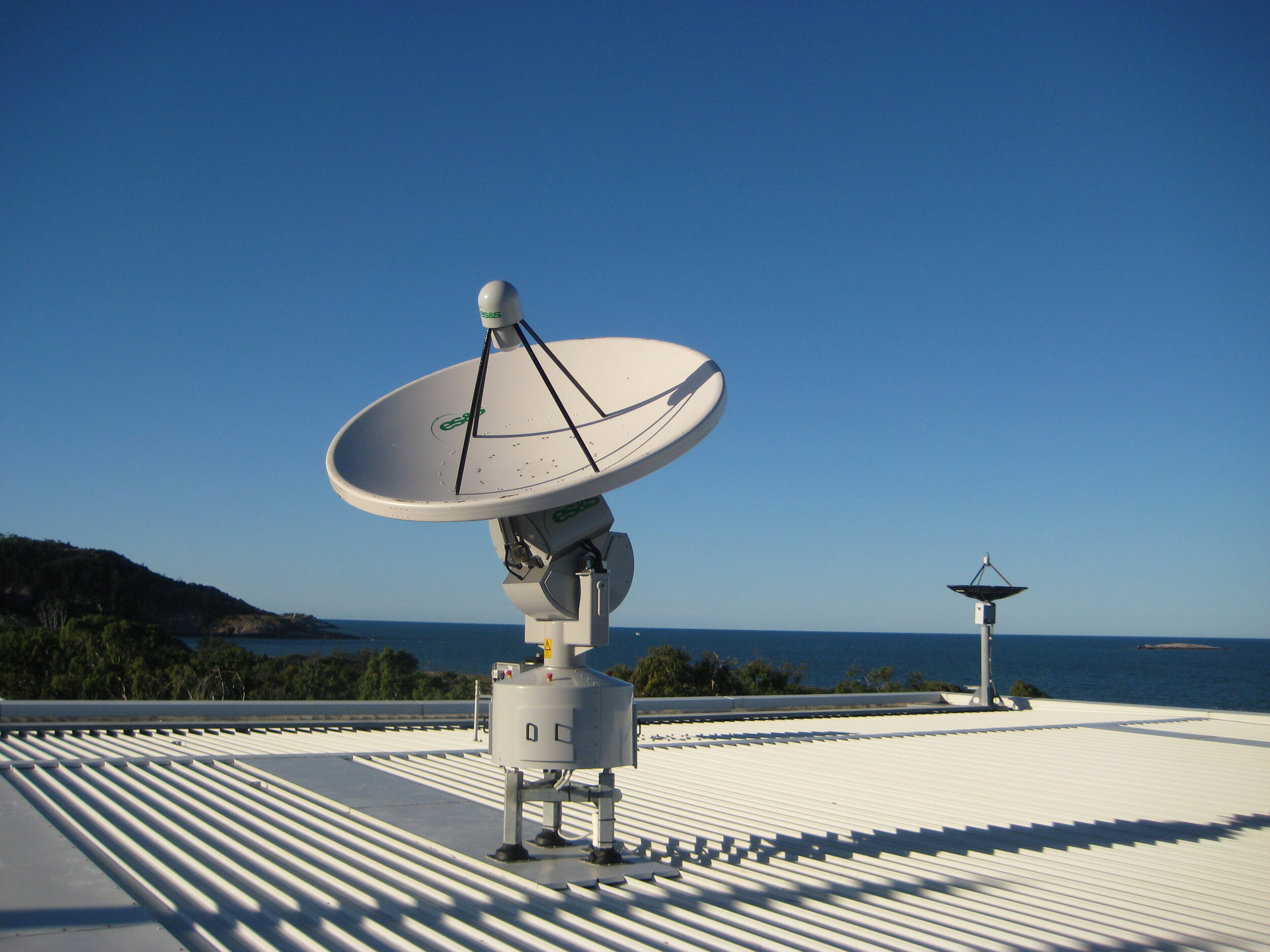We are back for our second week special on Satellite Ground Stations! If you missed last week’s post you can view Part I here.
PART II
Satellite Ground Station Examples
ESS offer different varieties of SGS systems that have been installed nationally and internationally:
—> Oberon: The Oberon system uses what is called a ‘tracking antenna’, as the name suggests, it tracks the satellites in space, on an XY mount, to collect data from a wide range of polar-orbiting environmental observation satellite systems, including those operated by NASA and NOAA. The Oberon has high precision X and L band reception and has been modified for European applications too to collect from more data sources (for more information see: http://www.eecradar.com/oberon-xl.php).
These systems are not only used for Meteorology and Weather Forecasting, there are also many applications in physical and biological oceanography, hydrology, fisheries, agriculture & forestry, climate and global change studies and land-based change detection studies.
—> Capella and Telesto: The Capella and Telesto systems use a different kind of antenna, called a ‘fixed antenna.’ Once again in the name, suggests that these antennas do not move and are used to collect data from geostationary satellites including the Geostationary Operational Environmental Satellite-R Series (GOES-R). Capella comes with three different antenna sizes: 3.7m, 5m and 6m, depending on the ground location from the satellite. They can be applied in the following areas: Storm detection and tracking, fire monitoring, air quality, coastal and ocean monitoring, hurricane forecasting, rainfall and flood monitoring, land cover observations, volcanic ash detection, lightning detection, and severe thunderstorm prediction (for more information see: http://www.eecradar.com/capella-gr.php).
Telesto is also a geostationary SGS which is capable of picking up a different range of data sources and can be applied in weather forecasting, cyclone detection and tracking and volcanic ash detection and tracking (for more information see: http://www.eecradar.com/telesto.php)
Figure 1: Telesto ground station install for Laos in 2015 procured by the World Meteorological Organisation
Lastly, ESS offer a ground station specific to the Japanese Himawari-8 satellite. This includes reception of data that is higher in spatial resolution, more frequent data (every 10 minutes!), an increased amount of spectral bands improving the images produced and can provide visualisation of the following standard products: channels VIS, IR1-4, cloud-top pressure, cloud-top height, cloud-top temperature, cloud type, cloud amount, sea-surface temperature, land-surface temperature and fire points (for more information see: http://www.eecradar.com/himawari-8.php)
Data Types, Sources and Software
There are many satellites orbiting Earth, so satellite ground stations can obtain data from a variety of different sources. Regarding the ground stations mentioned above, for tracking antennas sources can come from the following satellites:
NASA Terra and Aqua; National Aeronautics and Space Administration, United States
US NOAA; National Oceanic and Atmospheric Administration, United States
EUMETSAT – METOP; European Organisation for the Exploitation of Meteorological Satellites, Europe (Exact countries can be found here: https://www.eumetsat.int/website/home/AboutUs/WhoWeAre/MemberStates/index.html)
NSMC Fengyun; China Meteorological Administration National Satellite Meteorological Center, China
Suomi NPP; National Polar-orbiting Partnership, United States
JPSS-1; Joint Polar Satellite System, United States
And for stationary antennas:
GOES; Geostationary Operational Environmental Satellite, United States
MTSAT; Multifunctional Transport Satellites, Japan (Note: replaced Himawari-5)
FY-2; FengYun-2, China (Translation: FengYun —> Winds and clouds)
COMS; Communication, Ocean and Meteorological Satellites, South Korea
Himawari-8/9; Japan (Translation: Himawari —> Sunflower)
GK-2A; GEO-KOMPSAT-2, South Korea
Note: Typical types of data formats from satellites include - Level 1B, Level 2 products (e.g. sea surface temperature, cloud classification), HDF, NetCDF, GRIB, SYNOP
Figure 2 (top): Image of Tasmanian fires in 2013 received by satellite tracking system at ESS Weathertech factory in Melbourne
Figure 3 (bottom): Sea surface temperature representation calculated from satellite tracking system
For the satellite data to then be visualised, specific workstations are set up to provide processing power and visualisation. This is so spectacular imagery of various parameters as per Figures 2 and 3 can be produced. ESS provide software known as PROTEUS (soon to be PULSE) and Himawari cast, specifically for the Himawari products.
Please tune in next week for our third and final installment of the Satellite Ground Station series which will be on ESS’ SGS project history! Enjoy the long weekend~













